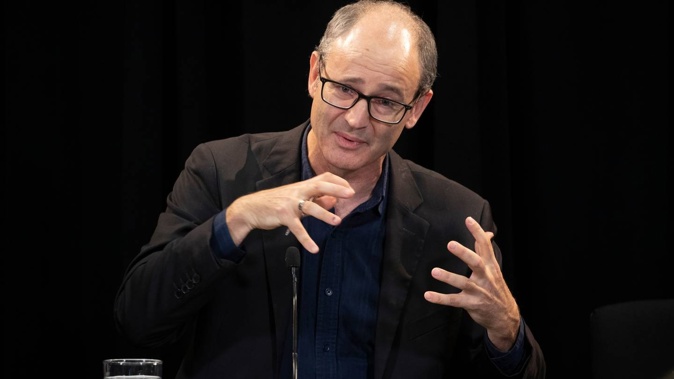
The Reserve Bank (RBNZ) is continuing to push back against financial markets, which are betting on the central bank cutting the official cash rate (OCR) this year.
Speaking directly to the public via a live-streamed webinar, RBNZ chief economist Paul Conway maintained the hawkish stance expressed by the Bank when it last reviewed the OCR in late-November.
“Recent economic data suggest that monetary policy is working, with the economy slowing and inflation easing. But we still have a way to go to get inflation back to the target midpoint of 2 per cent,” Conway said.
He recognised the fact the annual inflation rate fell to 4.7 per cent in the December quarter.
However, he pointed out that more domestically driven, non-tradable inflation - which the RBNZ has some influence over - came in higher than the RBNZ expected at 5.9 per cent.
Conway also downplayed gross domestic product (GDP) for the September quarter coming in weaker than expected (suggesting high interest rates are doing their job slowing the economy and therefore cooling inflation).
He noted the figures were revised downwards historically, as Stats NZ changed its methodology.
He said the change didn’t necessarily mean capacity pressures in the economy were that much lower than previously assumed.
In fact, Conway noted the private demand component of the figures had been revised up.
Commenting on the speech, Infometrics chief executive Brad Olsen said there was nothing in there that screamed “we’re moving hard away from our view of higher for longer interest rates, and are keen to embrace more cuts soon”.
- Inflation falls to 4.7 per cent in December quarter
- Reduced inflation doesn't mean safety from hikes just yet, economist warns
- "Still more work to do": Govt plans to battle inflation through building consents
Olsen characterised Conway’s speech as a “gentle push-back on expectations of cuts soon”.
The New Zealand dollar rose against the US dollar following the speech.
The economists the Herald spoke to before the speech expected Conway to take the tone he did.
ANZ senior strategist David Croy believed that if the RBNZ deviated from its hawkish position, financial markets would double down on their bets around the OCR being cut a few times this year. This would see wholesale interest rates (which affect mortgage and term deposit rates) fall sooner than the RBNZ would want.
Croy also made the point that any change in monetary policy would need to go through the Monetary Policy Committee, which isn’t due to meet until it next reviews the OCR on February 28.
In other words, even if he wanted to, Conway couldn’t come out and say the RBNZ was going to cut the OCR sooner than it previously said it would. These decisions need to be made by the Committee, which includes RBNZ staff and external members.
Indeed, Conway acknowledged he had to watch his words. He said he wasn’t going to give away anything about the likely future path of the OCR.
The speech gave the RBNZ an opportunity to share its view on recent data to break up a long three-month period between OCR reviews, due to the Christmas break.
Jenée Tibshraeny is the Herald’s Wellington business editor, based in the Parliamentary press gallery. She specialises in government and Reserve Bank policymaking, economics and banking.
Take your Radio, Podcasts and Music with you








